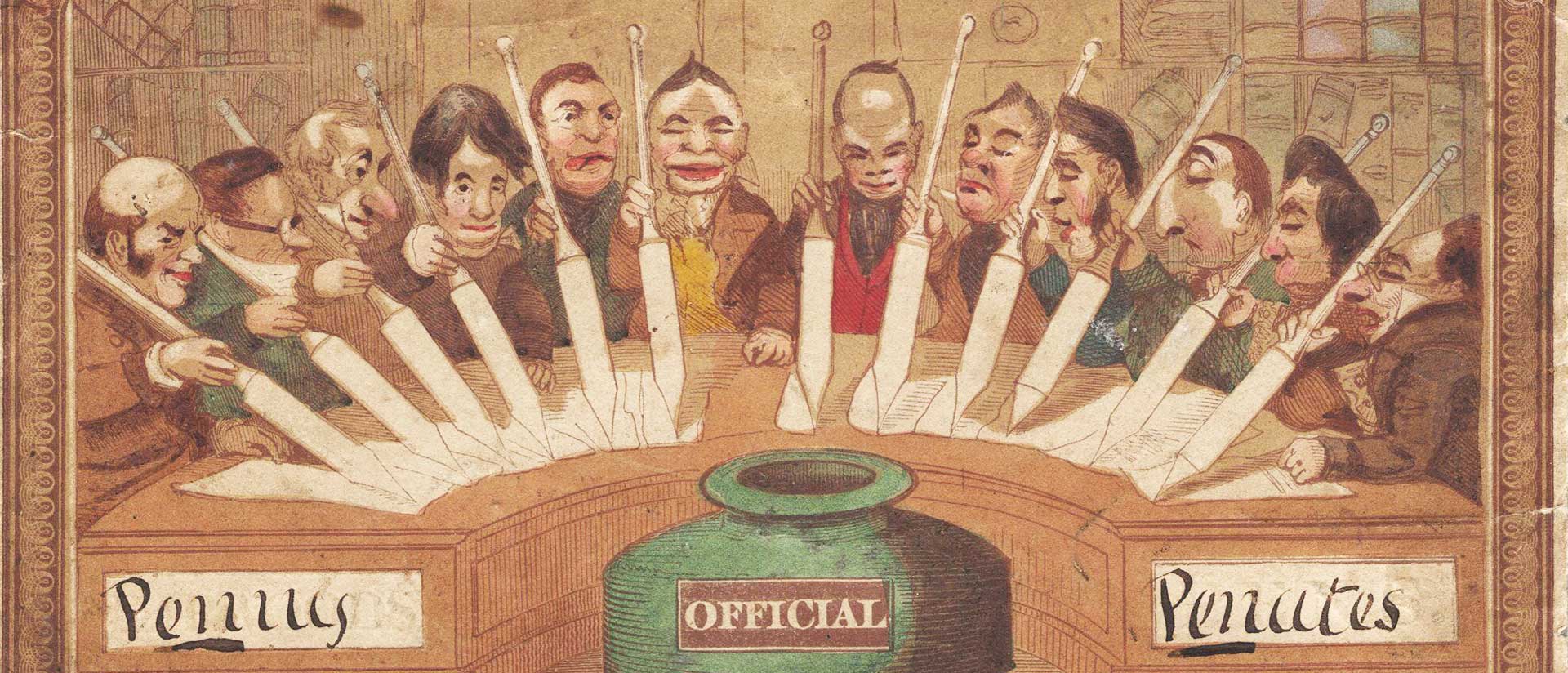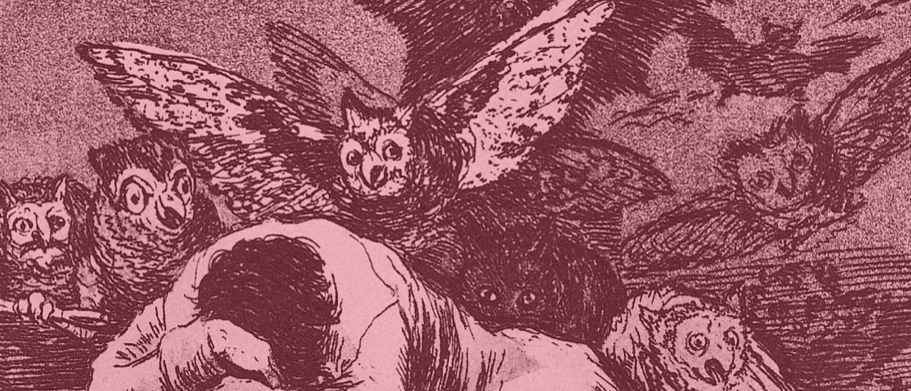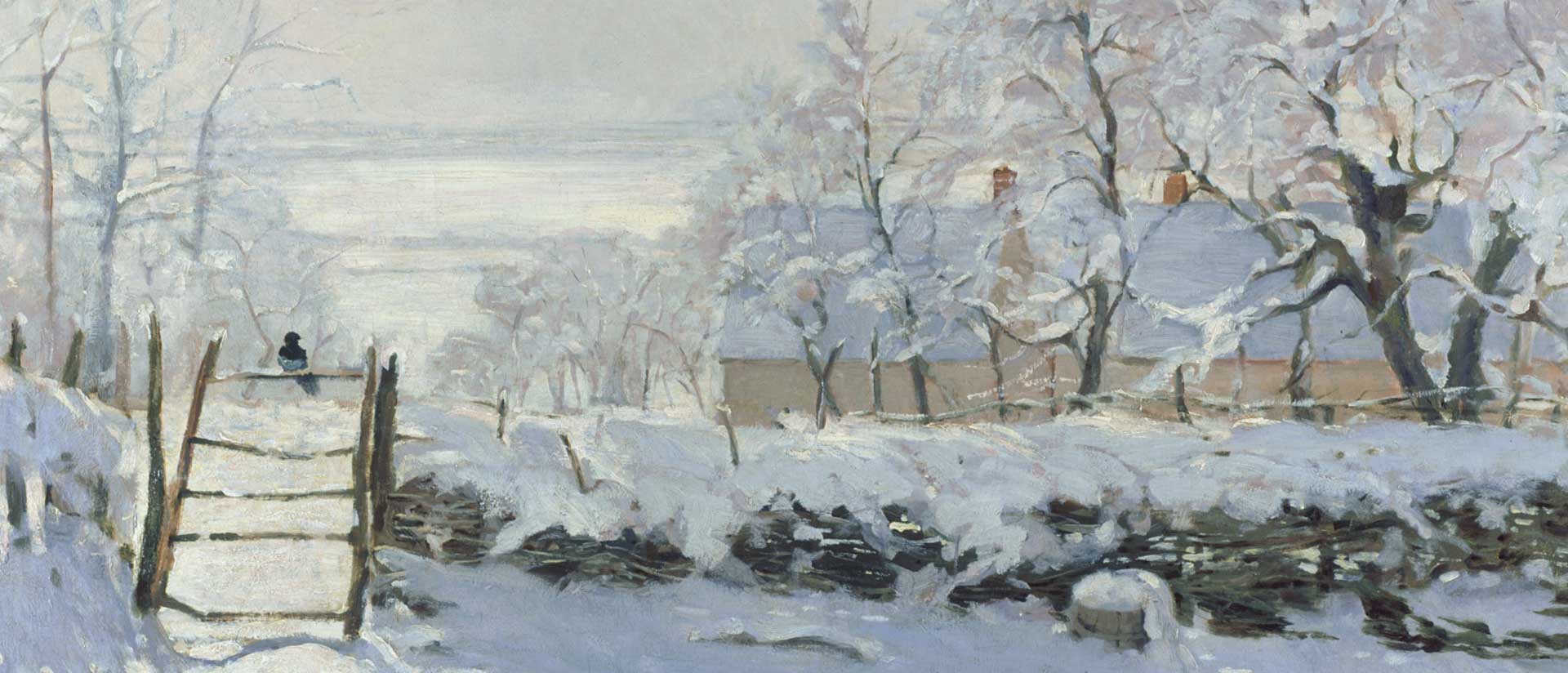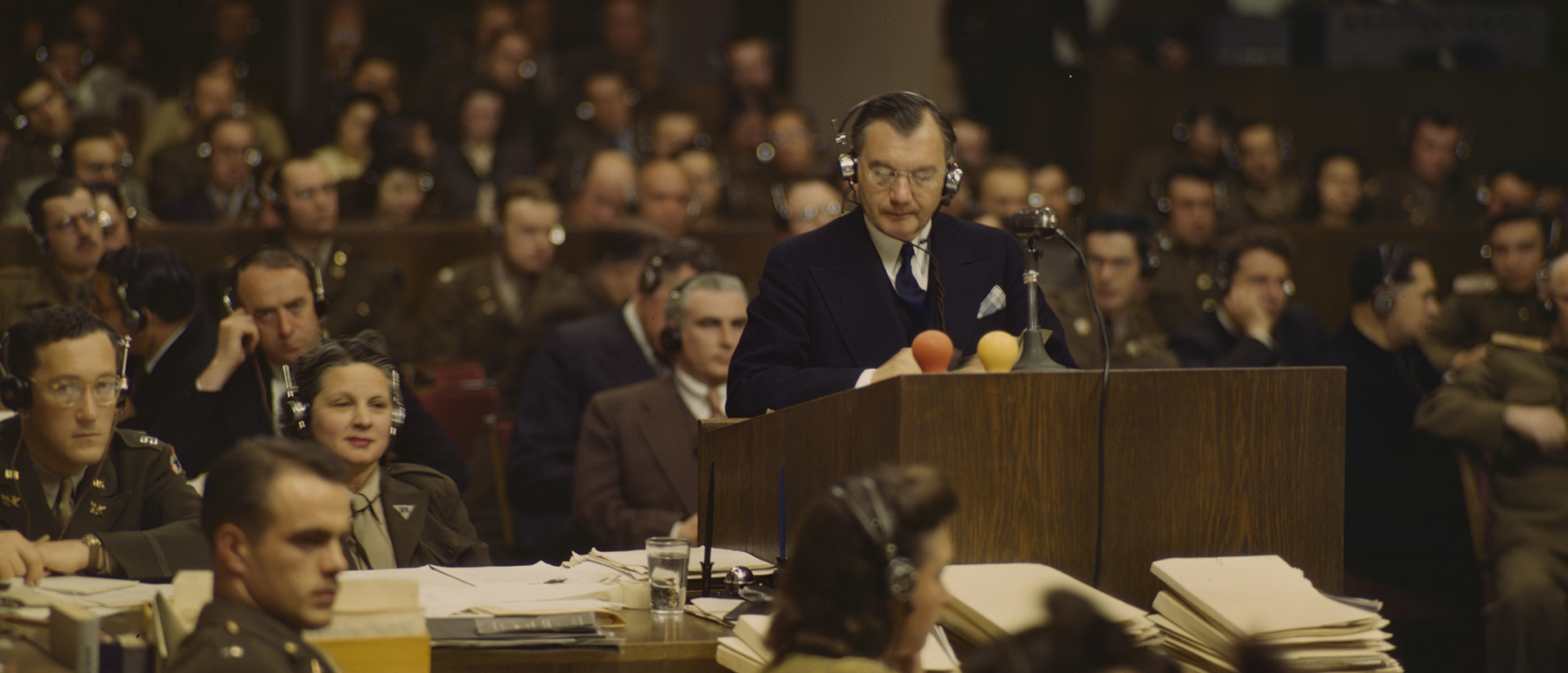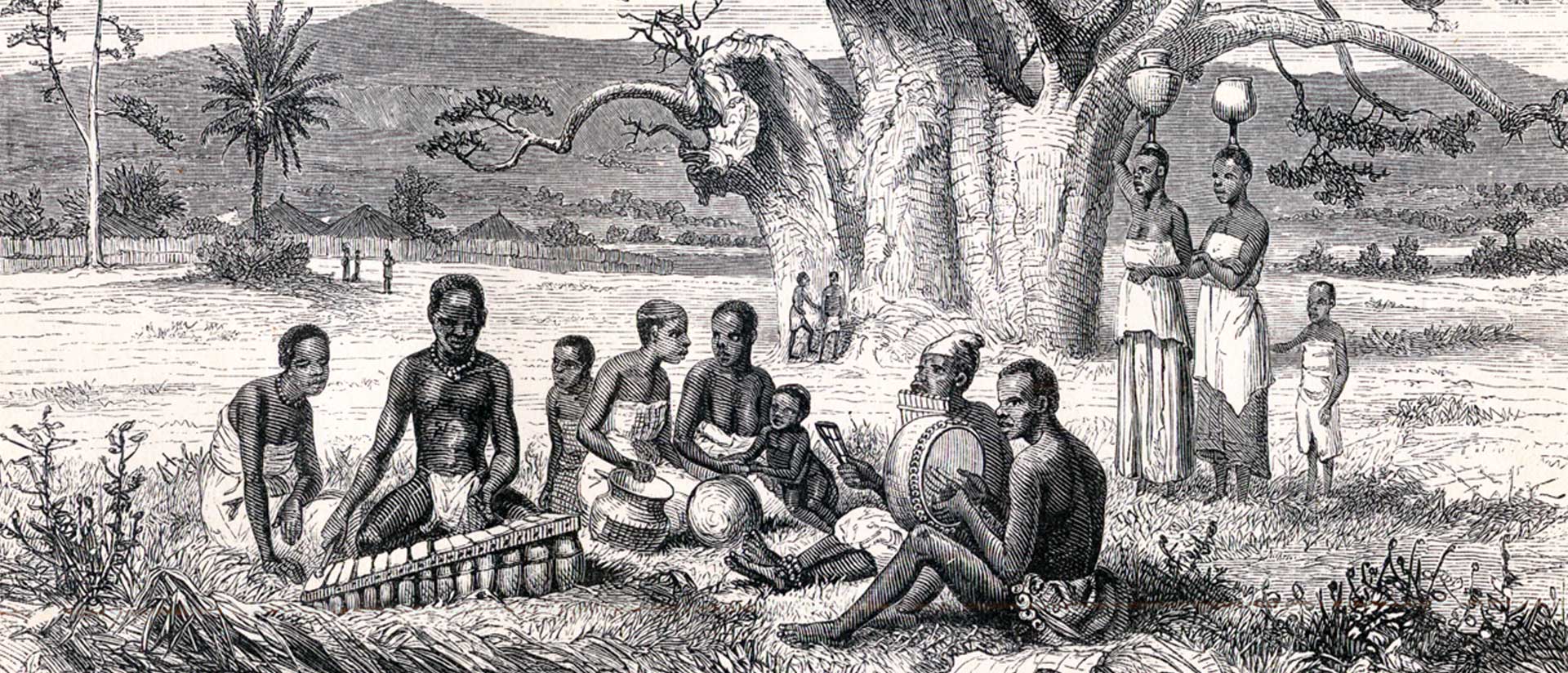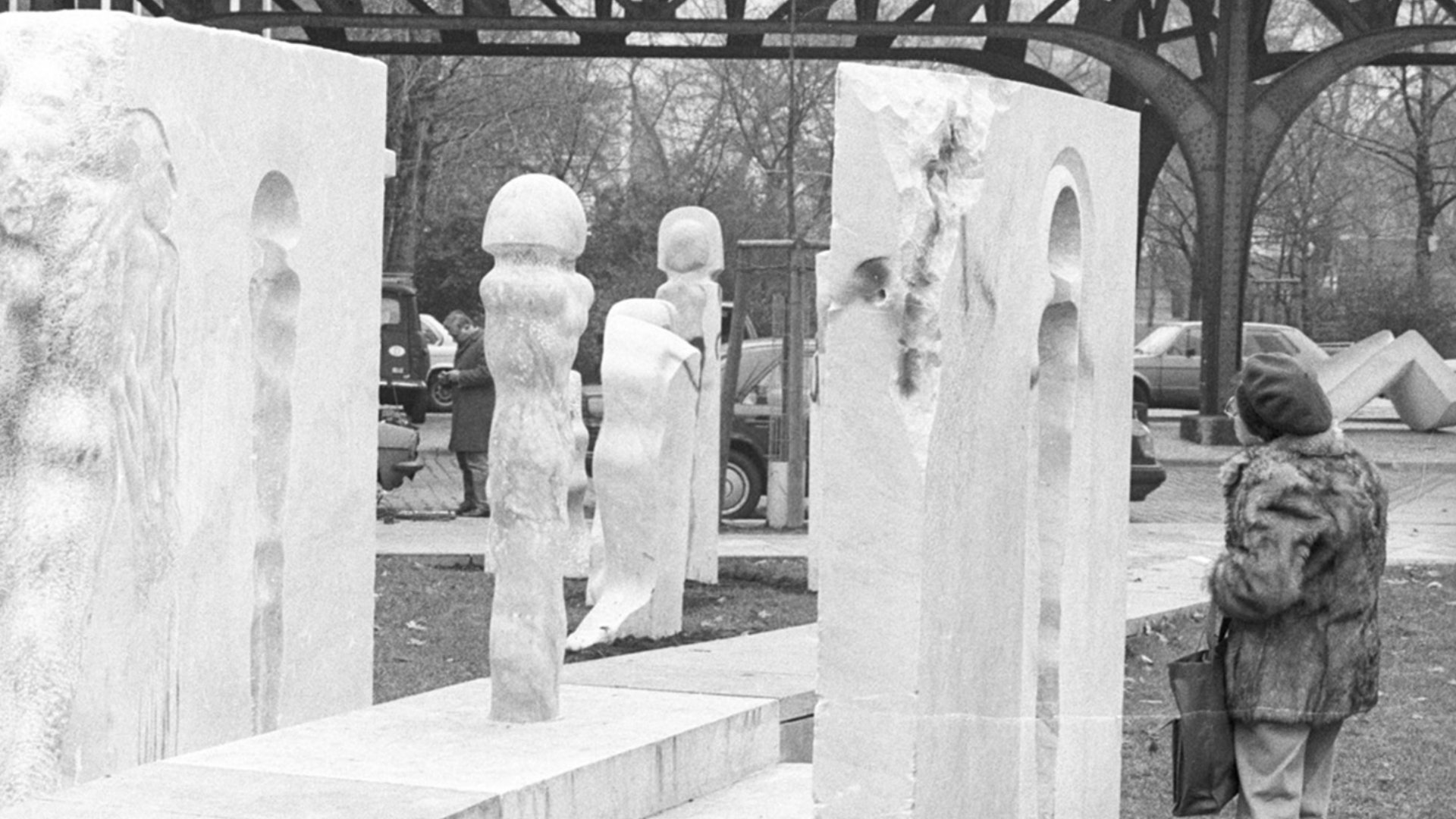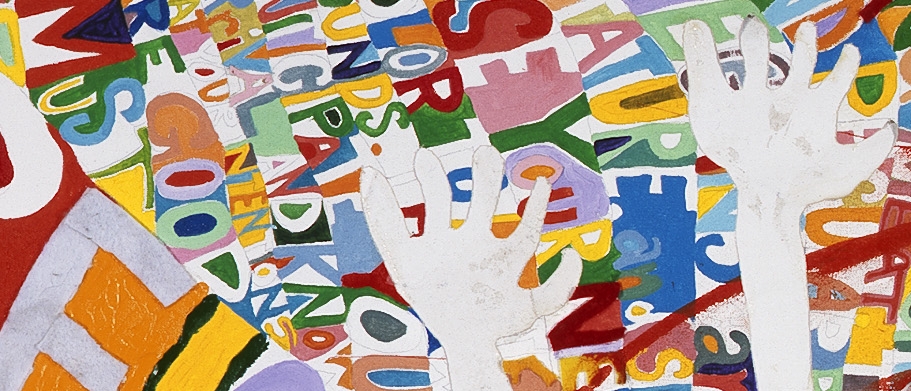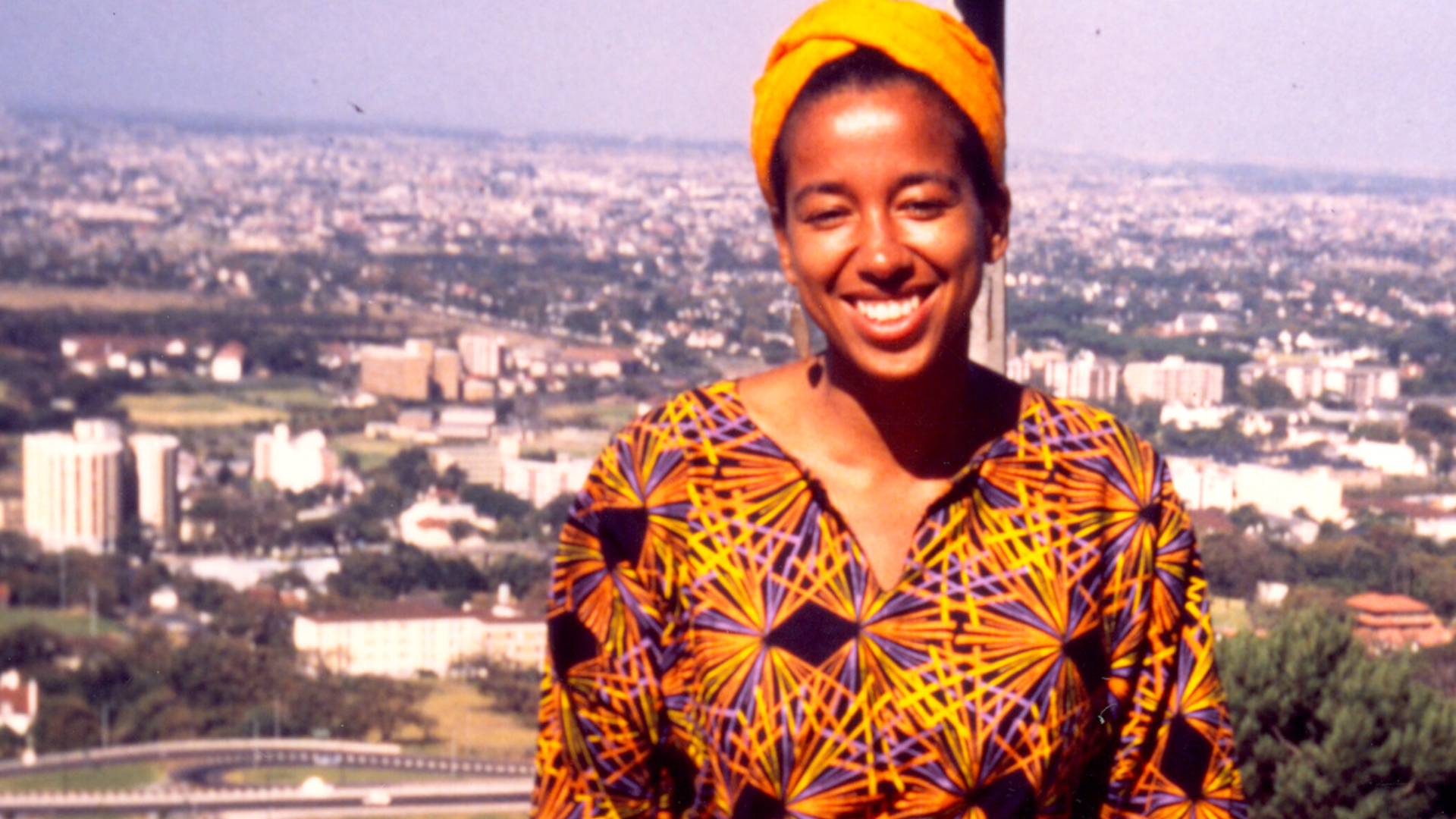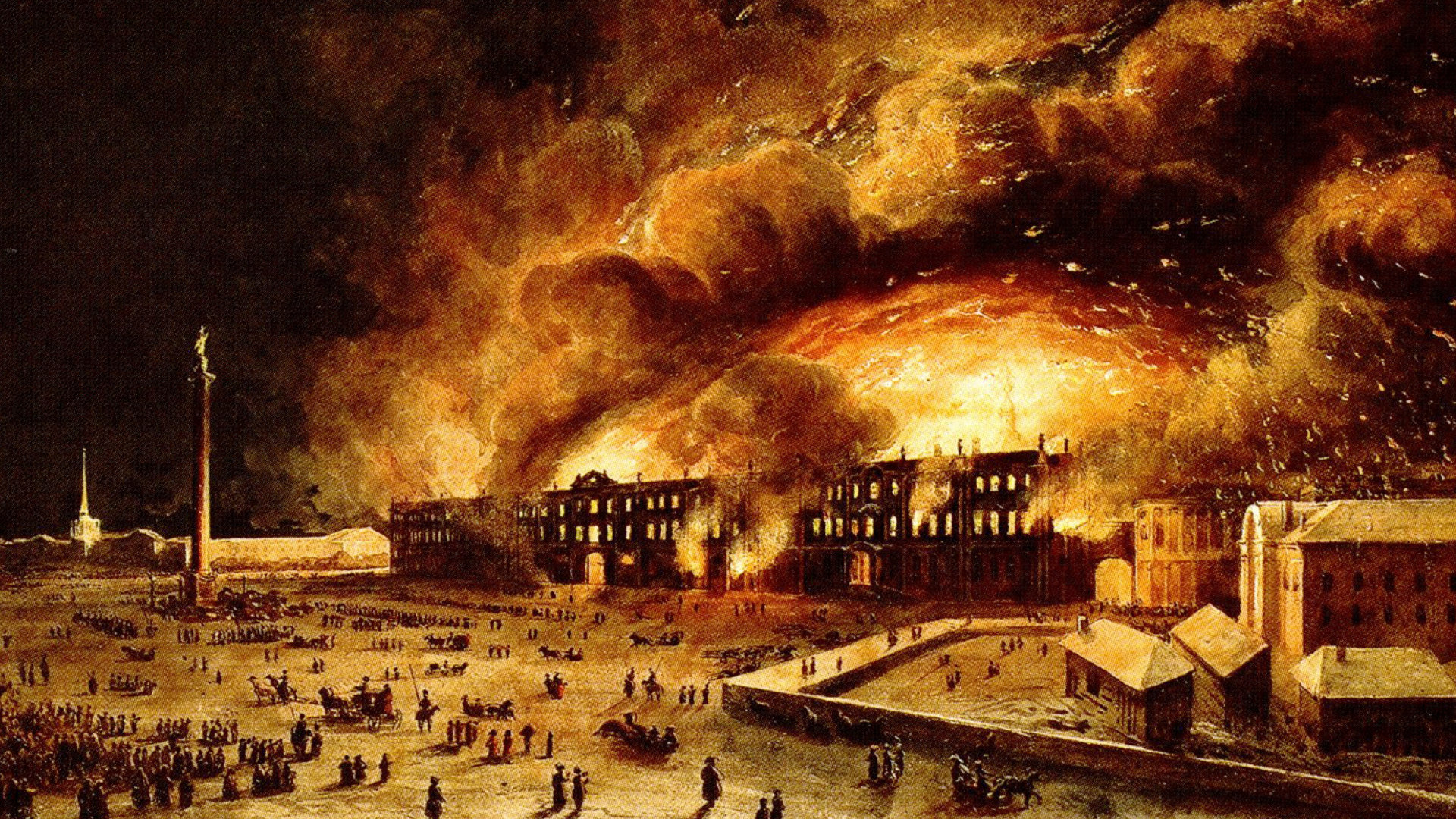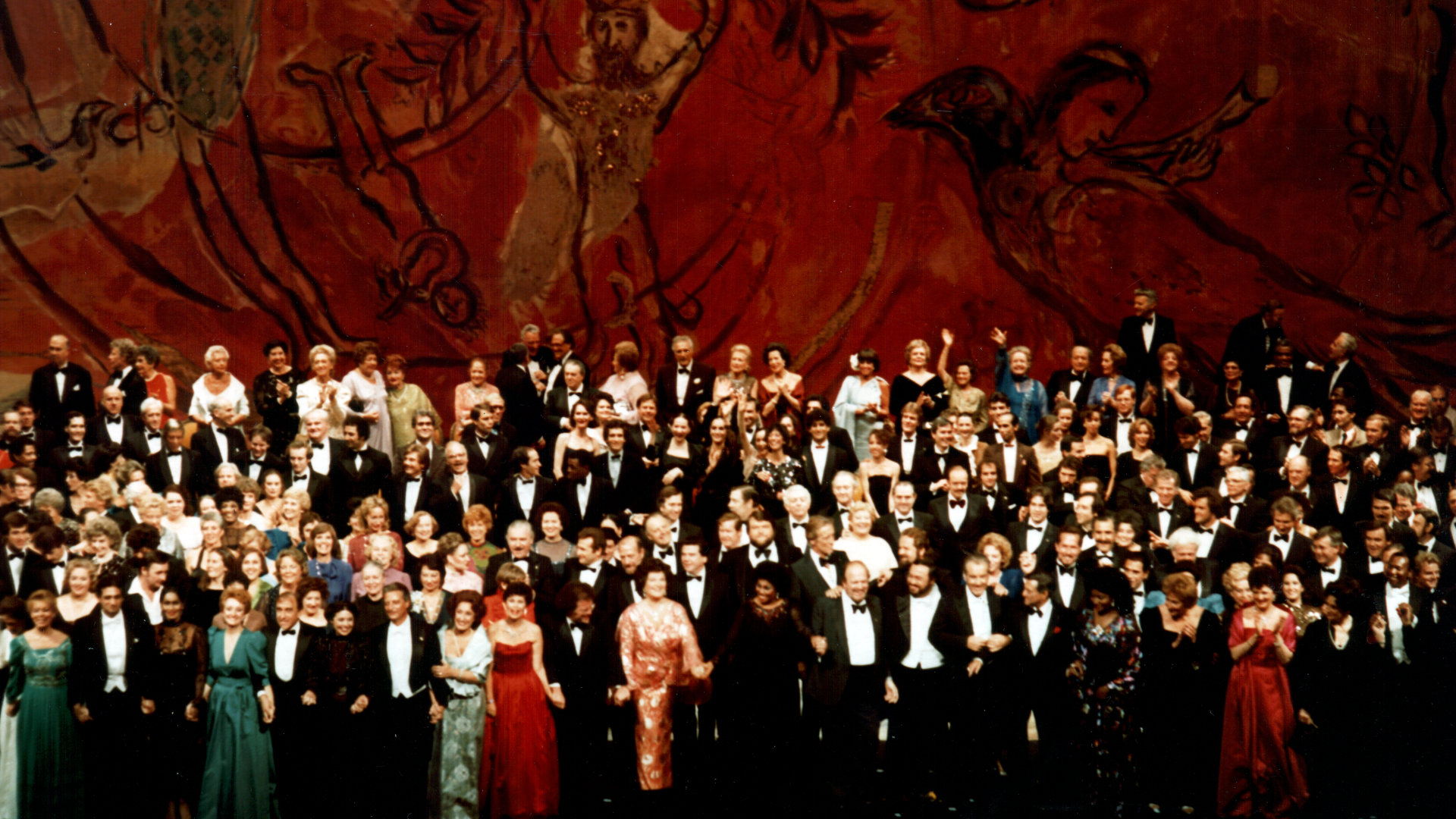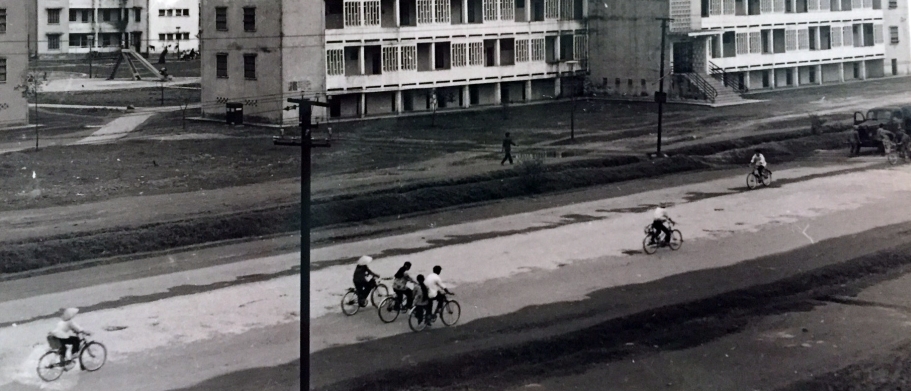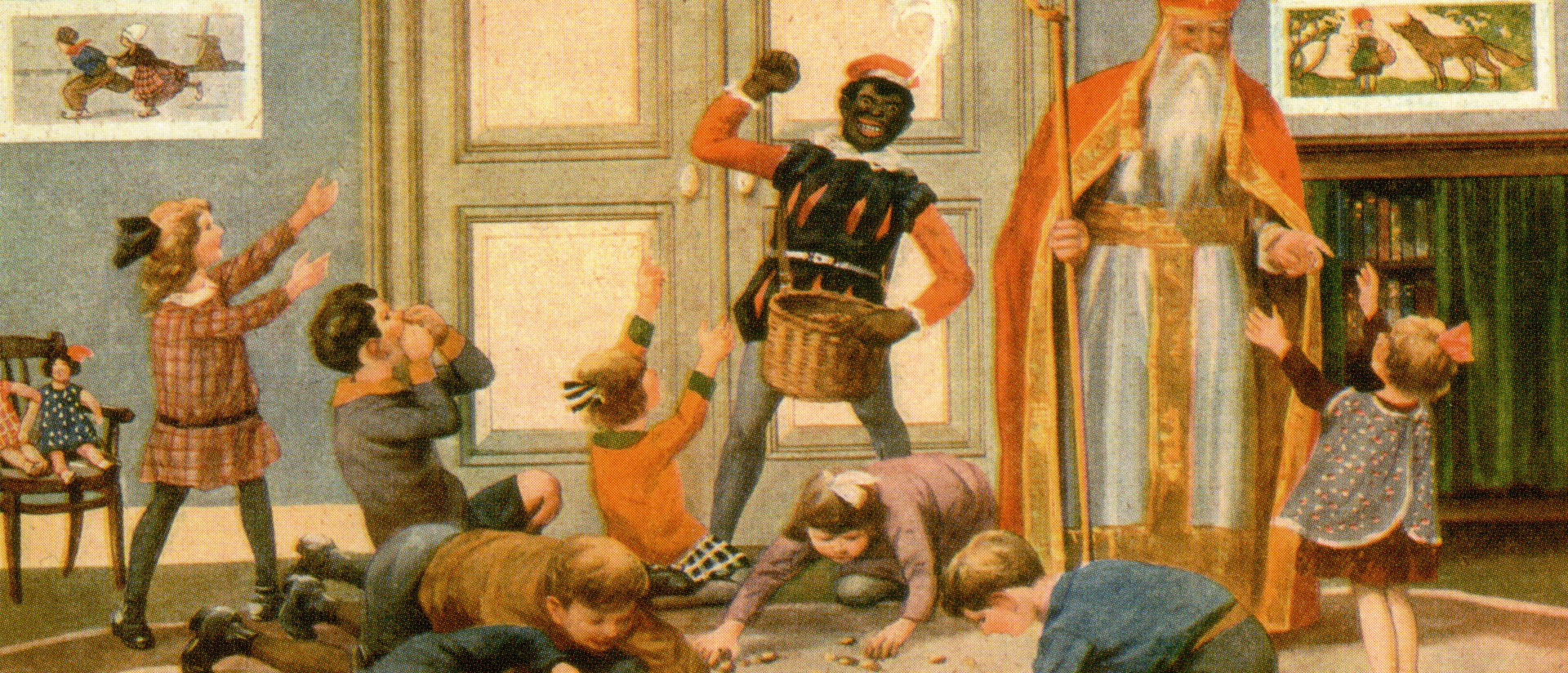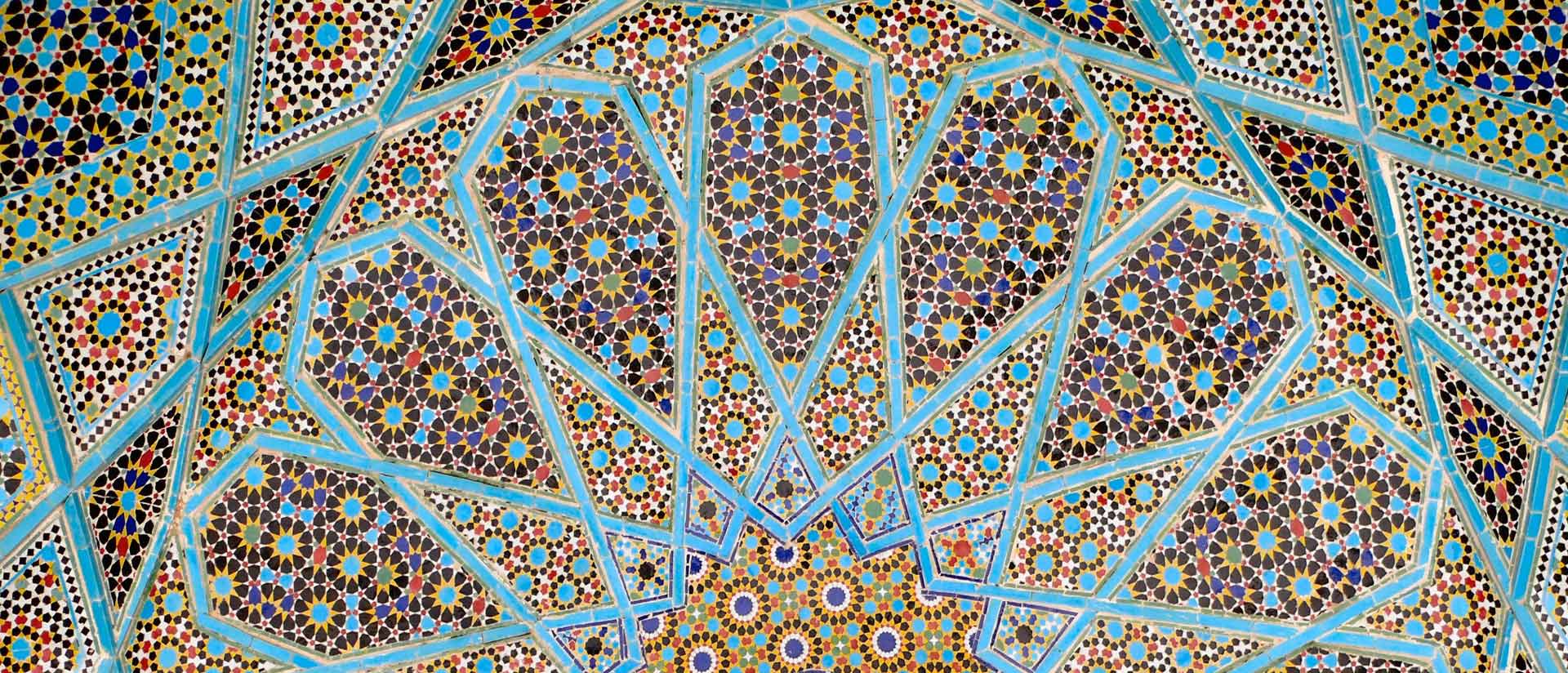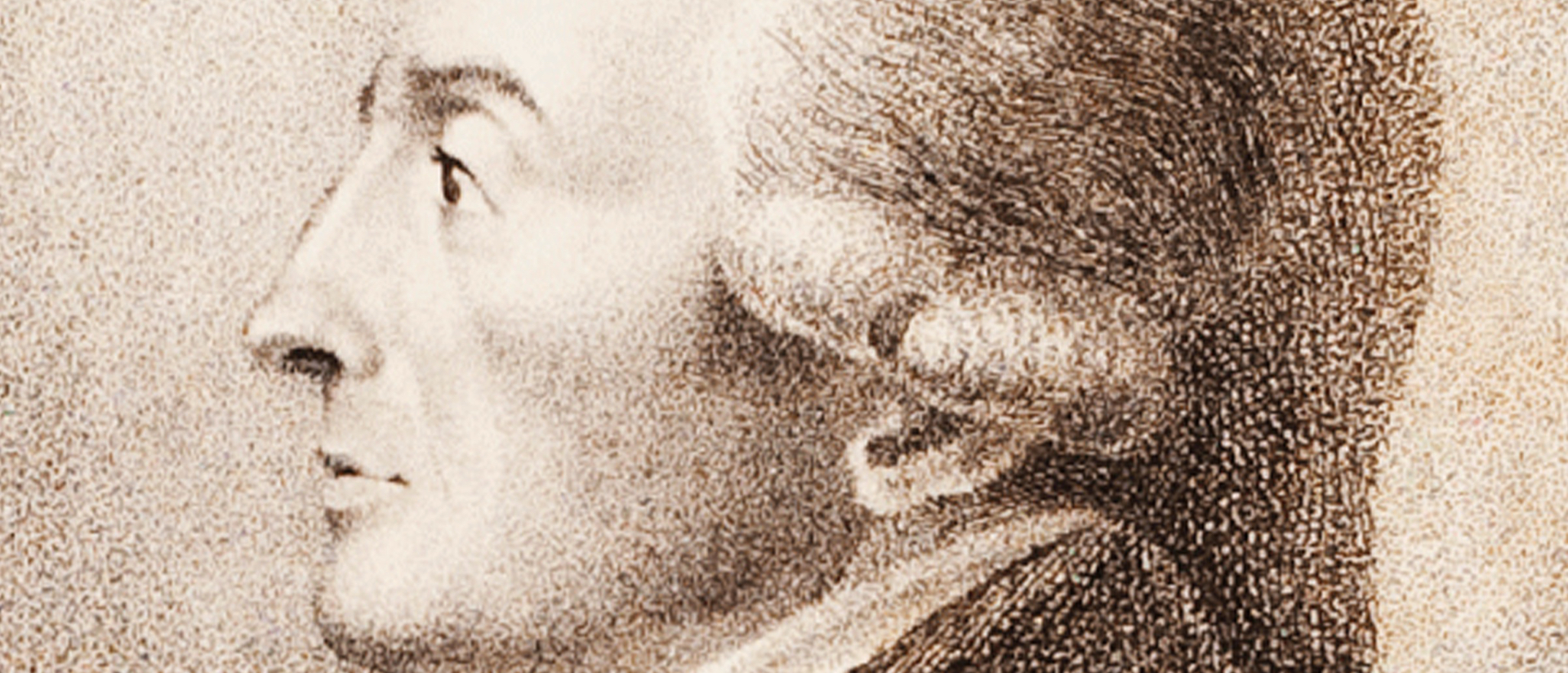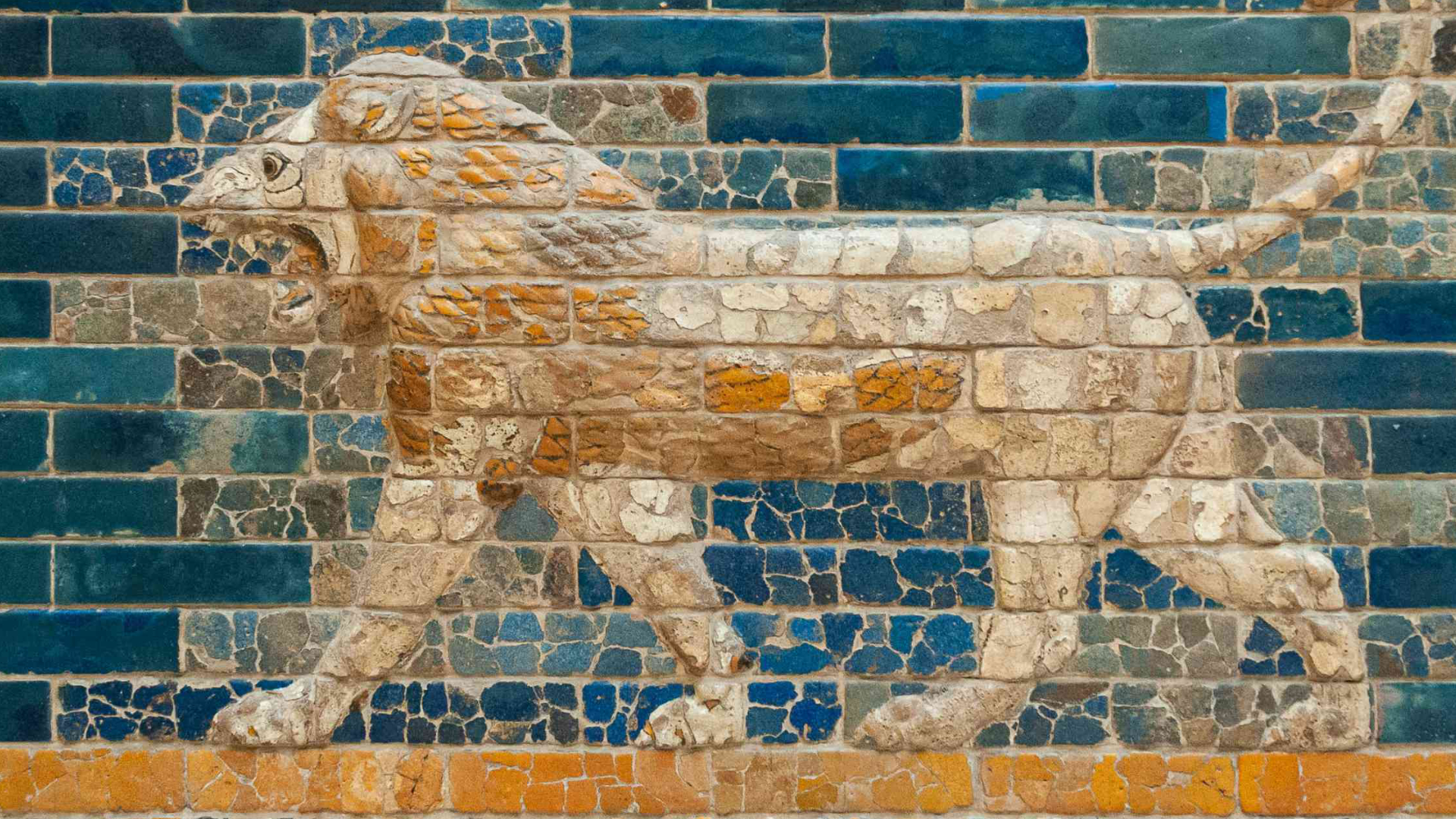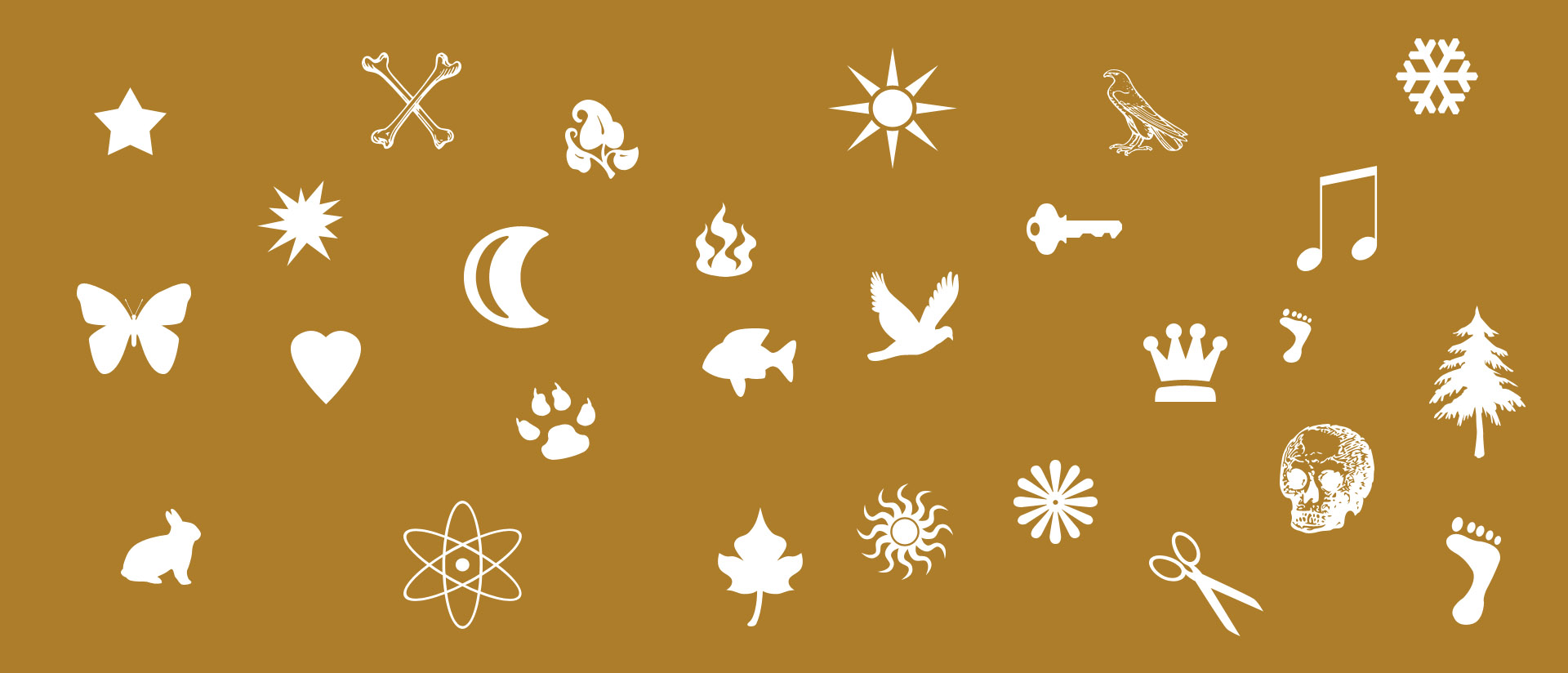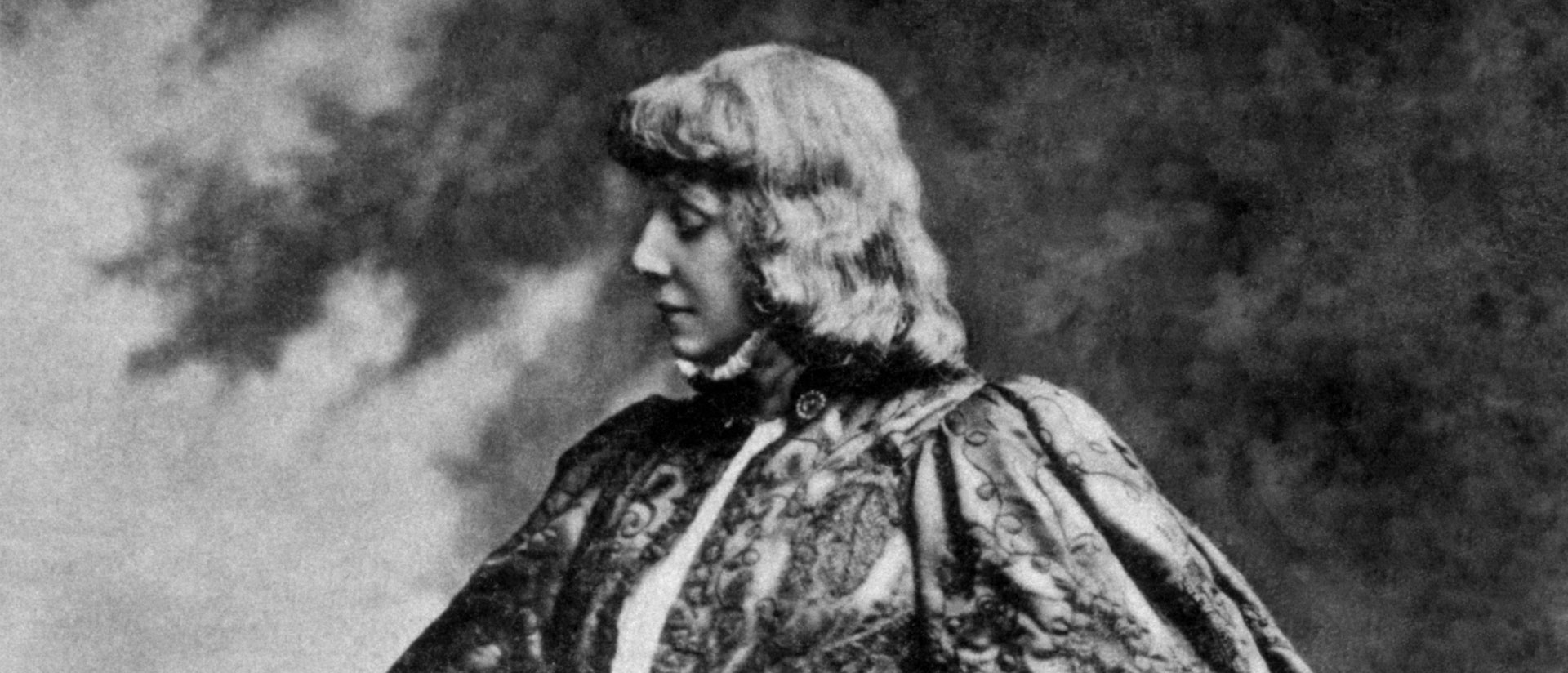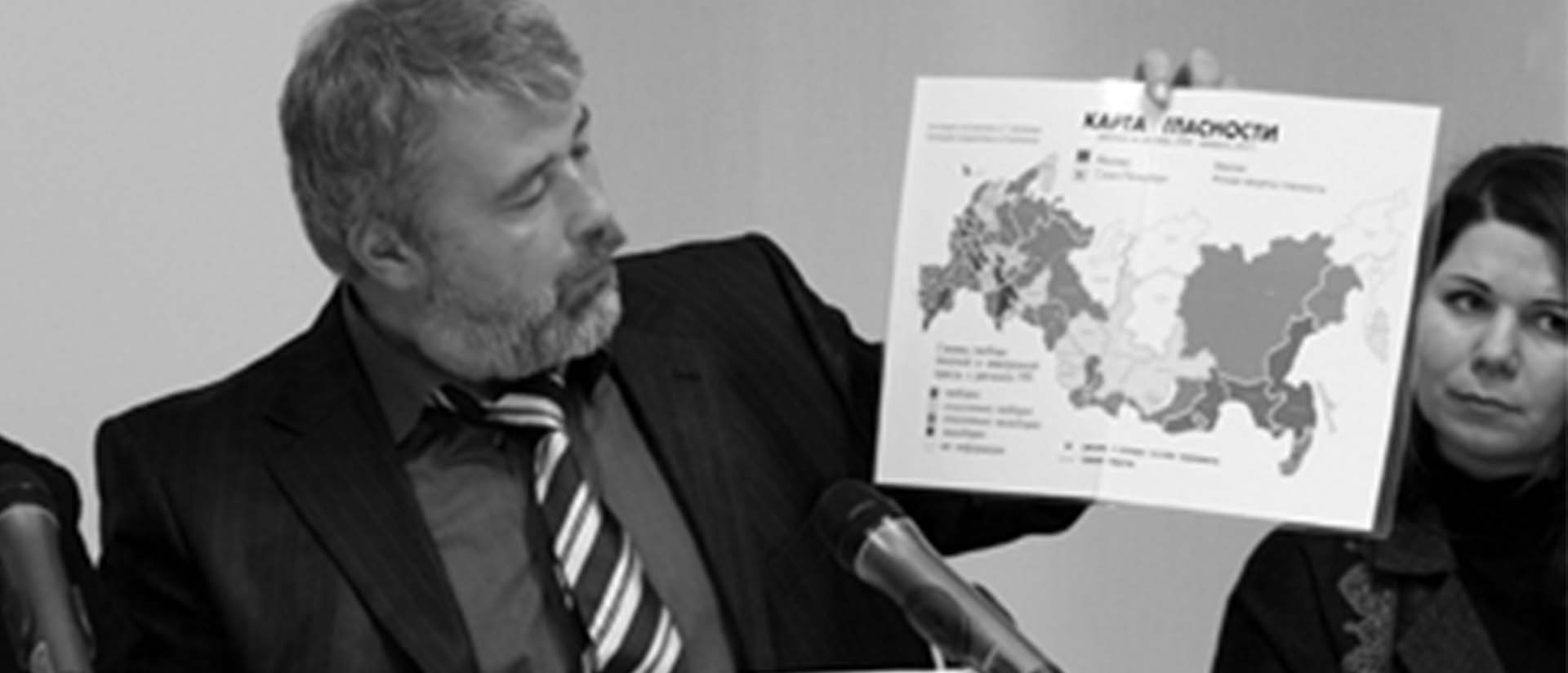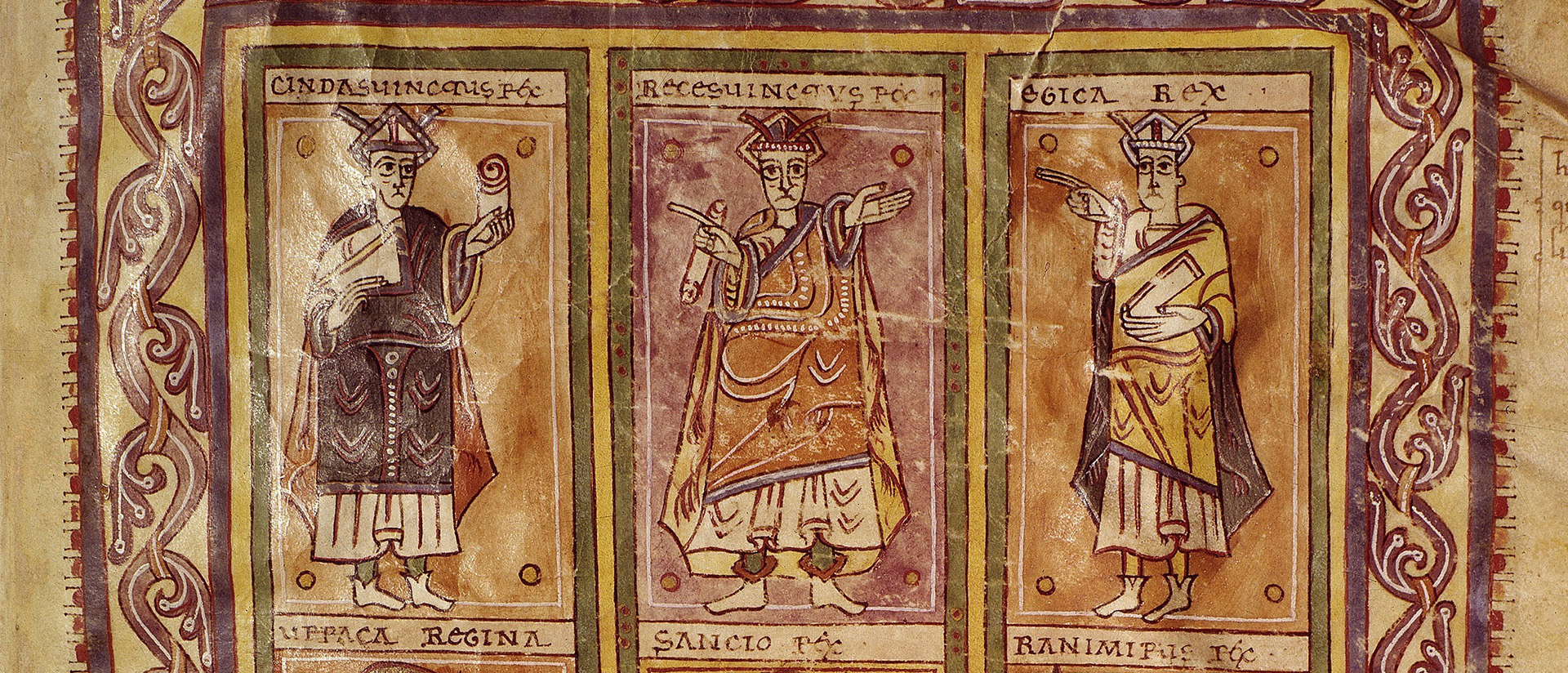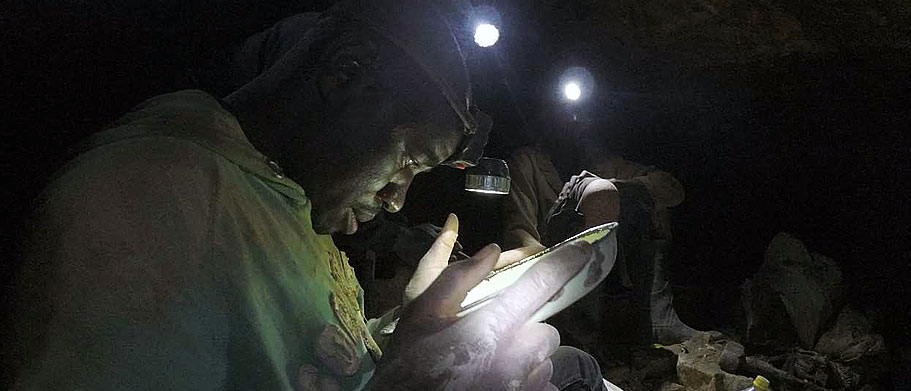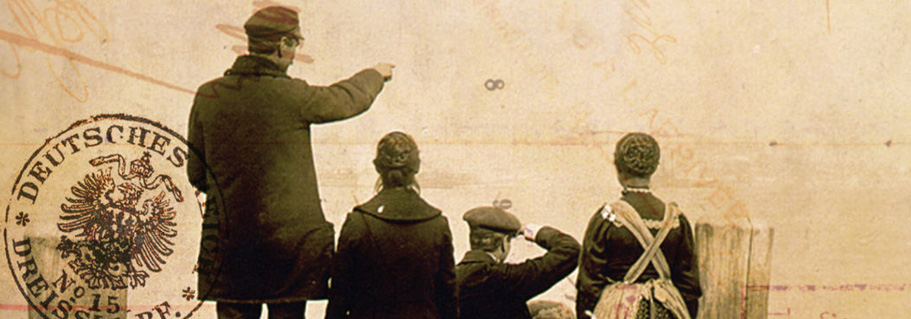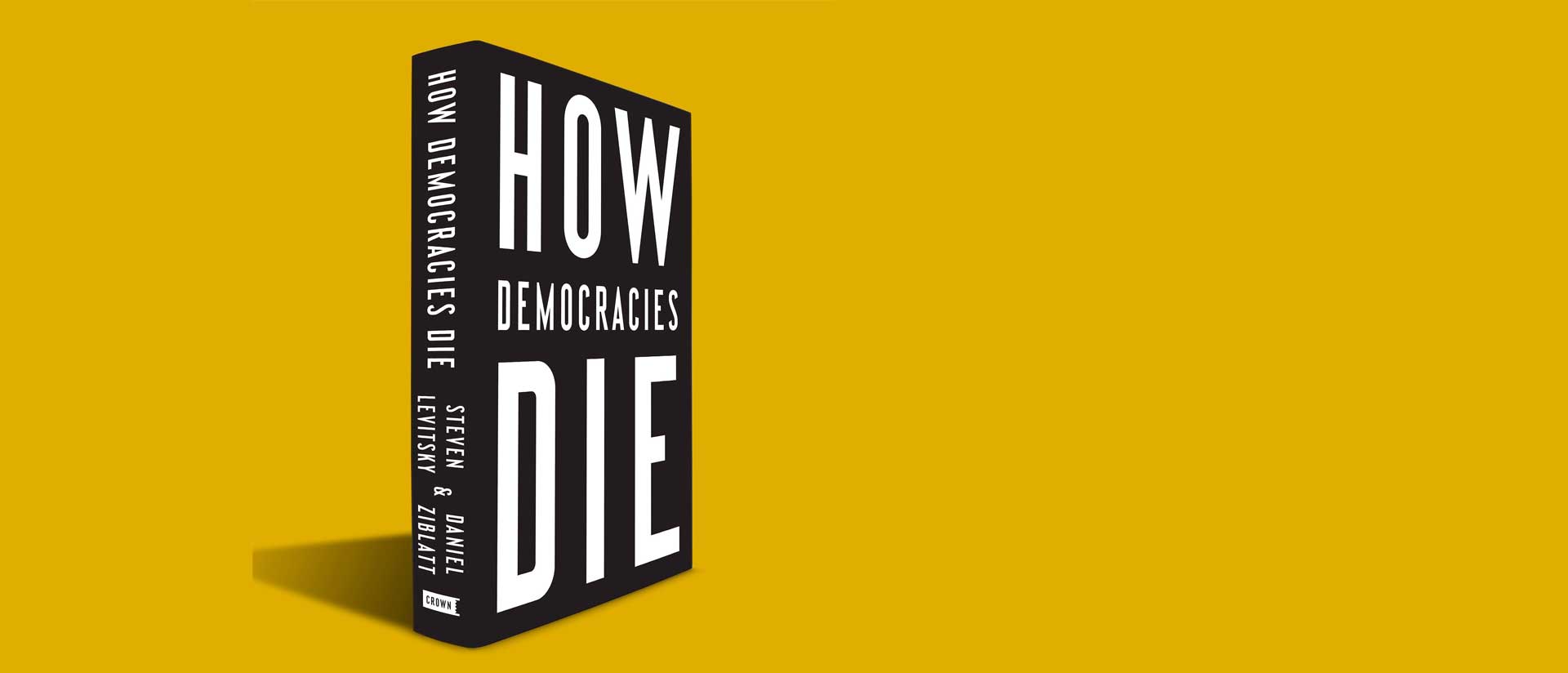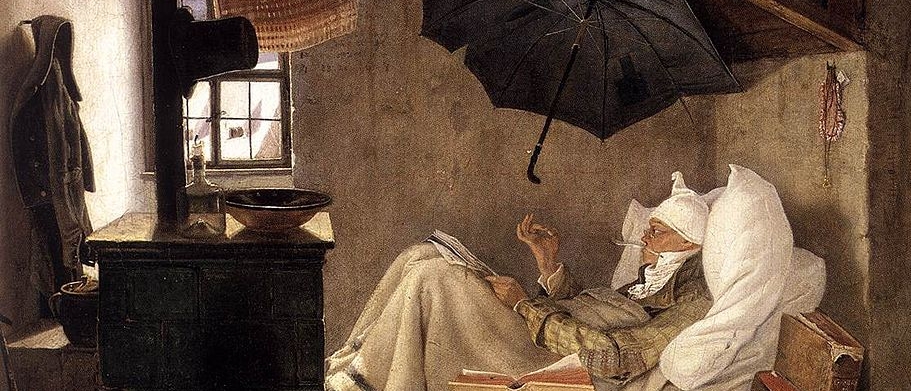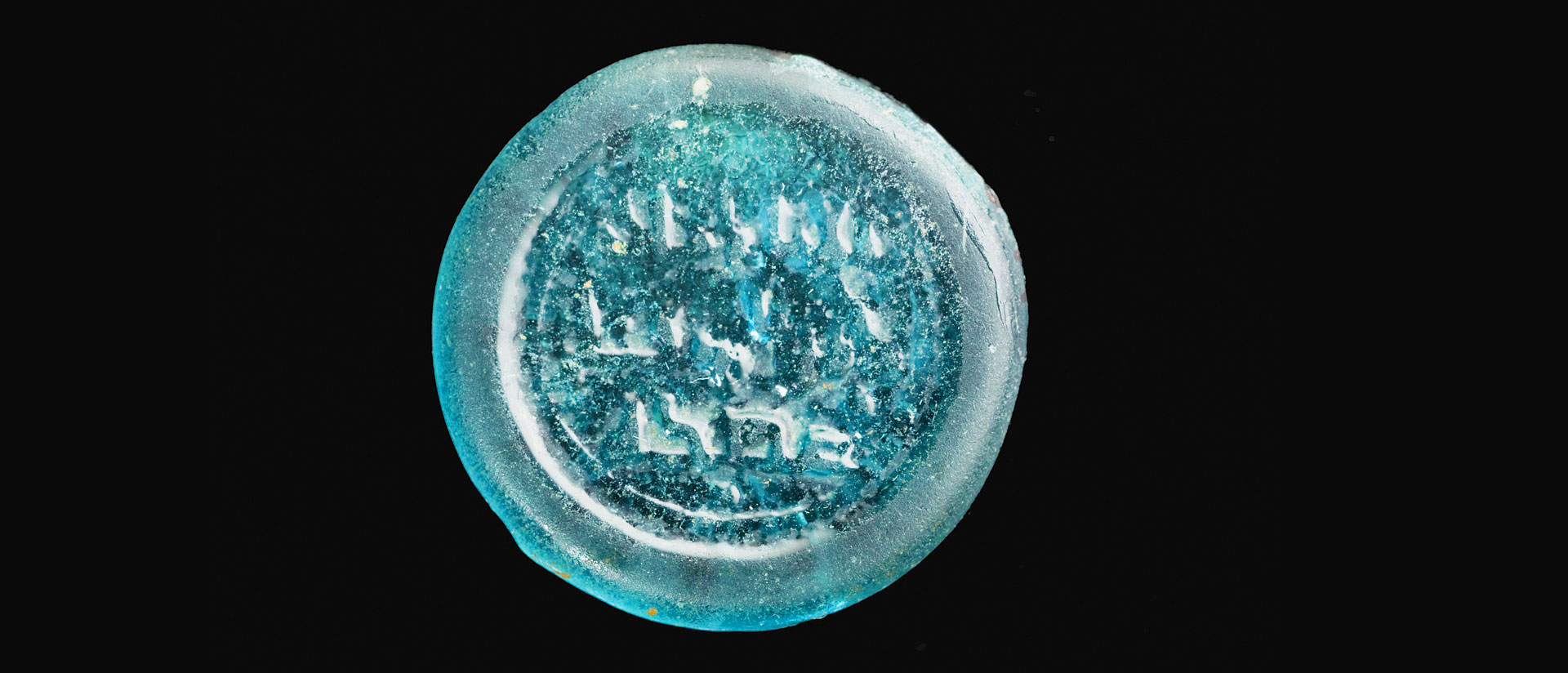
The Origins Myth
Looking anew at Islam’s material beginnings
By Fred M. Donner
The famous French historian of religions Ernest Renan (1823-1892), over a century ago, confidently pronounced that “Islam was born in the full light of history.” He intended this statement to stand in contrast to the uncertainty that surrounds the life of Jesus and the earliest history of Christianity. Renan’s judgment was based on the fact that scholars of his generation were busily discovering and for the first time publishing medieval Islamic chronicles, biographical dictionaries, poetry, and other works in Arabic that provided a rich account of Islam’s origins. Compared with the little we know of Jesus, it seemed as if we could recover countless details about the life in western Arabia of Islam’s prophet, Muhammad (d. 632).
At last, as Renan’s pronouncement suggests, we could trace with confidence the early history of the first Muslim community Muhammad founded, including its struggles against Muhammad’s former hometown of Mecca. We could reconstruct an overview of the expansion of the community after Muhammad’s death, and its rapid establishment of political control over geographical Syria, Iraq, Iran, Egypt, and areas even farther afield. We could also study the inner divisions of the nascent Muslim or Islamic community, riven by rivalries between earlier and later supporters of the prophet, between Muhammad’s original Arabian followers (and their descendants) and new converts to Islam from areas outside Arabia, between people from different Arabian tribes, and—perhaps most bitter of all—between different members of the close circle of Muhammad’s initial supporters, who came to compete with each other for political and religious leadership of what had rapidly become a sprawling empire, covering thousands of square kilometers. We could marvel at the successes of the Arabian forces marching under the new banner of Islam as they confronted, and again and again defeated, the armies of the two great powers of the day, the Later Roman (Byzantine) Empire based in Constantinople and the Sasanian Persian Empire, based in Ctesiphon (near modern Baghdad)—the powers that had, before Islam’s sudden rise, dominated all the lands of the Near East and eastern Mediterranean. There was also the text of the Qur’an, Islam’s sacred scripture, considered a text dating to the time of the prophet Muhammad and containing the substance of the divine revelations he claimed to have received.
Renan’s confidence in information found in this vast corpus of medieval Islamic narrative or literary sources was widely shared by scholars in his day, and continued to be the dominant assumption among scholars of Islam and Islam’s history until quite recently. Some scholars, especially Muslim scholars, continue to accept the reliability of these sources even today. As a result, if one looks into most encyclopedias or introductory world history or world religion textbooks, even those published recently, one finds a description of how Islam began that tracks almost unwaveringly from the narrative constructed by the medieval Islamic community—what we can call the “traditional Islamic origins narrative.”
There can be no doubt that some, perhaps many, aspects of this traditional Islamic origins narrative may tell us “what actually happened” when Islam arose in the seventh century. But even in the nineteenth century some skeptical voices were raised that cast doubt on the reliability of these traditional sources. The great Hungarian Orientalist Ignaz Goldziher (1850-1921) demonstrated irrefutably that a number of the sayings attributed to the prophet Muhammad, even those deemed most sound by Muslim tradition, were, in fact, fabrications dating from later centuries and reflecting later religious, political, or social concerns. The Belgian Jesuit Henri (1862-1937) argued that many of the episodes in the Sīra or traditional biography of Muhammad were not true historical reports but rather later inventions designed to provide a plausible context for verses of the Qur’an. The Dutch Orientalist M. J. de Goeje (1836-1909) critiqued the narratives about the rapid expansion of the Islamic community that took place after Muhammad’s death. Yet despite these early expressions of caution, most scholars of Islam—in the West as well as in the Islamic world—accepted the traditional origins narrative with only minor adjustments, dismissing the critiques of their more skeptical colleagues as relevant only to very limited or narrow issues and not applicable to the main body of the sources. The traditional Islamic origins narrative thus reigned supreme through much of the twentieth century, even among scholars of Islam and Islamic history.
Around 1970, however, a more comprehensive and fundamental critique of the sources for Islam’s origins began to take shape, rooted in a growing awareness that most of the traditional sources were not contemporary with the beginnings of Islam but only produced later—a century, and sometimes many centuries, later. Albrecht Noth (1937-1999) produced several studies that suggested that many of the reports about early Islam found in traditional narrative sources were literary constructs with little historical foundation. Günter Lüling (1928-2014) and John Wansbrough (1928-2002) proposed radical reinterpretations of the Qur’an text, completely different from each other but both casting doubt on the traditional view of the nature and origin of the text, and therefore of the whole origins narrative in which it had been situated.
Around 1970, a more comprehensive and fundamental critique of the sources for Islam’s origins began to take shape, rooted in a growing awareness that most of the traditional sources were not contemporary with the beginnings of Islam but only produced later—a century, and sometimes many centuries, later.
The crucial turning-point was the publication, in 1977, of the book Hagarism: The Making of the Islamic World, by Patricia Crone (1945-2015) and Michael Cook (b. 1940), which synthesized the sometimes arcane work of earlier skeptics and their own insistence on sound historical method into a frontal assault on the traditional view of Islam’s origins, and proposed a radically different historical reconstruction based mainly on archaeological, documentary, and non-Islamic sources. After its publication, scholars of early Islam could no longer proceed, as their predecessors had for over a century, simply to mine detailed information from the Arabic narrative sources on the naive assumption that they could in this way reassemble a trustworthy picture of what had happened.
As a result, responsible scholars who today wish to explore Islam’s origins and its early history do so by pursuing one, or both, of two distinct approaches. On the one hand, one can continue to work with the traditional narrative sources, but rather than merely quoting them uncritically, one must painstakingly pick them apart to understand the motivations of their compilers, and the motivations and sources of information of the many informants from whom they transmit material, and so to come to some sense of where and how the material transmitted has reached us, and what axes it grinds. This is laborious, and it may seem to some a fool’s errand, but despite the fact that these traditional narrative sources are full of later distortions, tendentious elaboration, and sheer fantasy, we should not simply dismiss them because they also contain at times nuggets of sound information.
For example, the chronicles tell us about a figure named Shurayḥ, who was appointed as judge (qadi) by the early caliph ‘Umar around 640 CE. He is depicted as an exemplary judge and is said to have served in this post for fifty, sixty, or even seventy (!) years. However, in the extant early documents (e.g. Egyptian papyri) the office of qadi is not mentioned until the end of the eighth century. It seems likely therefore that these chronicle reports were invented at that later time in order to legitimize the new office of judge, by providing an apparent precedent for it in the heroic days of the first caliphs, who had by this time come to be viewed as the rashidun, those “rightly guided [by God].”
On the other hand, in these same sources we find other reports that find confirmation in early documents. We have, for example, reports, similar in form to those about Shurayḥ, that describe how a particular person was appointed governor of, say, Kufa, in Iraq, by an early caliph. We might be inclined to be skeptical about such reports too, but in some cases there exists a coin minted in this place and time in the name of this very governor, confirming the validity of the report in the chronicle. There is, in other words, some sound information in the traditional narrative sources; the problem is to tell which reports are sound and which are not, and it will take a lot of careful work with these sources to separate the wheat from the chaff.
So much for the first approach. The alternative is for scholars to work with actual documents dating from the seventh century, the period of Islam’s inception and early development. (This is, in part, what the authors of Hagarism had tried to do.) Such documents have the advantage of providing incontrovertible evidence of what was happening during the early years of the new community’s existence, before the standard origins narrative was formed, with its back-projections of later concerns and likely distortions and idealizations of the origins period. Given the difficulty of unraveling the later narrative sources, the examination of true documents from the seventh century (inscriptions, coins, architecture and art, and written documents on papyrus, leather, wood, and other media) seems an obvious tactic to adopt.
The challenges here are also daunting, however. For one, there have survived very few actual documentary sources from the seventh century CE, the period before the crystallization of the dogmatic vision of the traditional origins narrative we find enshrined in the narrative sources. We do have a large number of coins issued by the Believers’ movement (as I prefer to call the early Islamic community), starting within a few years of Muhammad’s death, and a highly dedicated band of numismatists is busily studying this coin evidence, often using mind-bogglingly sophisticated technical methods. This coin evidence, as it becomes increasingly available through publication of the results of numismatic analysis, is important, but it tends to tell us about a very narrow range of issues. By comparison with coins, inscriptions from the seventh century can inform us about a wider range of subjects, but they are very few in number. Archaeological evidence is an increasingly important source, but often mute on questions such as the ideas and motivations of the people who made them.
Perhaps the greatest potential source of accurate new information about Islam’s origins lies in written documents from the seventh century, the majority written on papyrus. Although hundreds of thousands of Arabic papyri from the Islamic centuries survive in museums around the world (including many in Berlin), only a very small fraction of them—perhaps less than one-tenth of one percent—date back to the seventh century. The vast majority date to the eighth, ninth, or tenth centuries (and papyrus was replaced as a writing medium entirely by paper in the eleventh century). The Arabic papyri have the distinct advantage, however, that they include many different kinds of documents: official decrees, tax records and receipts, administrative records and correspondence, private letters, shopping lists, property leases and sales, marriage contracts, etc. They can thus shed light on many aspects of life in the period when Islam, as we now know it, was gradually coalescing as a coherent religion.
Perhaps the greatest potential source of accurate new information about Islam’s origins lies in written documents from the seventh century, the majority written on papyrus.
The challenge today is to identify every surviving seventh-century Arabic papyrus document or fragment, to collect and study them, and then publish them, so that the potentially revolutionary information they contain can find its way into the work of scholars who study Islam’s origins. The evidence they and other seventh-century documents contain will provide the surest way to see behind the dogmatic formulations of the traditional Islamic origins story of the narrative sources, and help us at last to see “what actually happened” in the formative phases of Islamic history.

